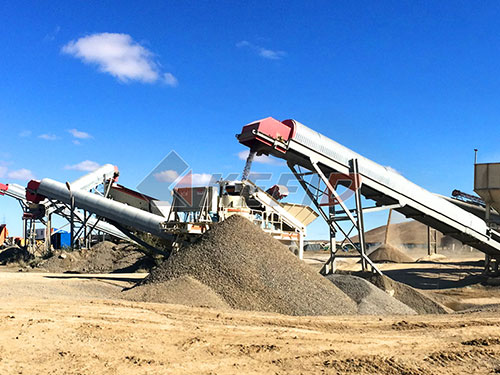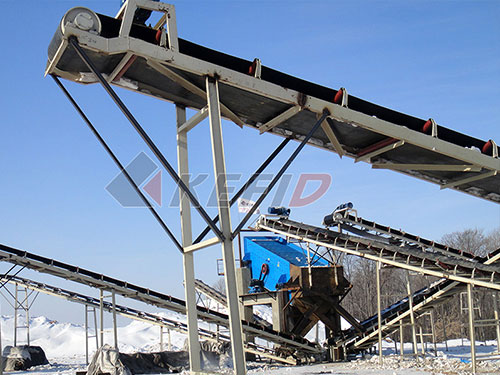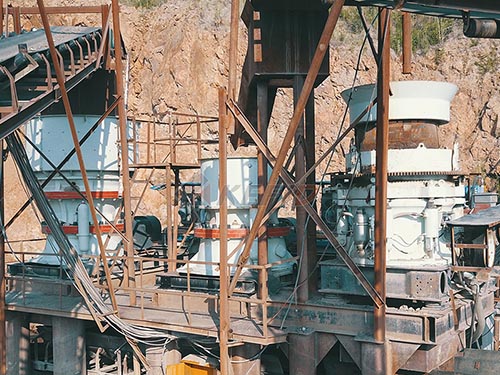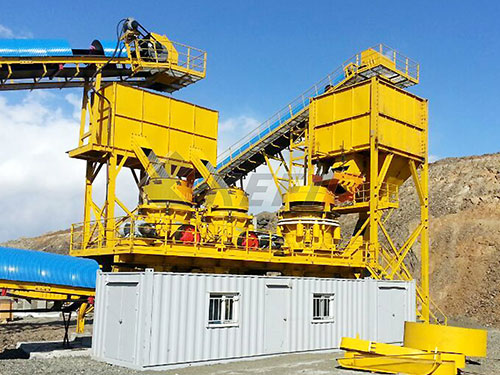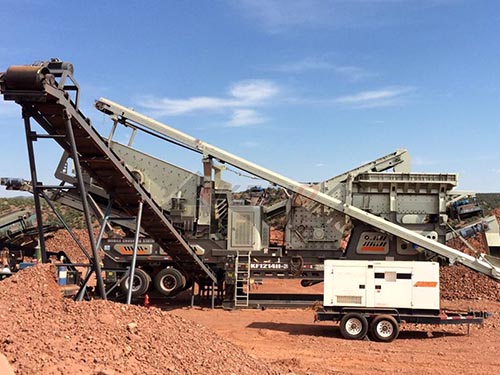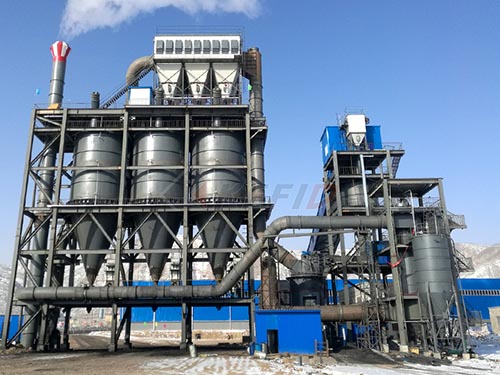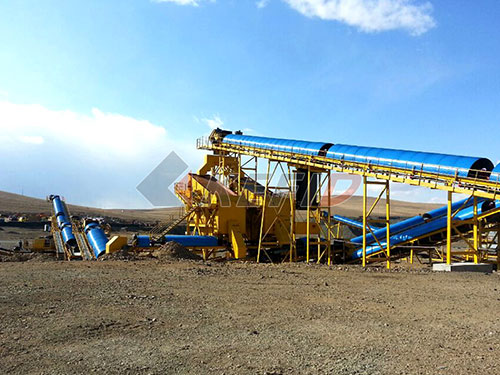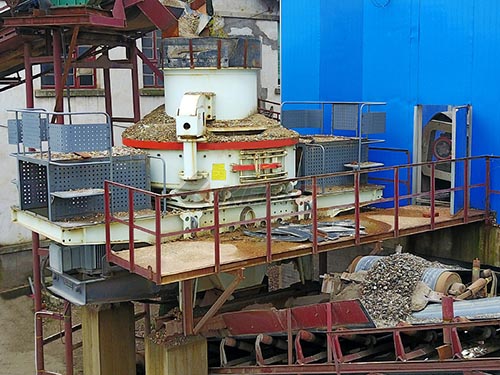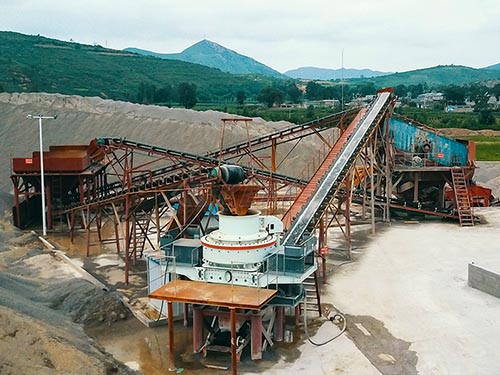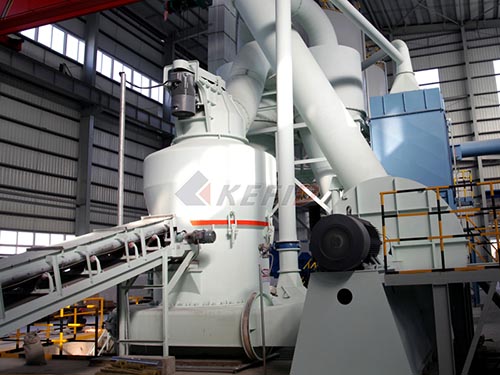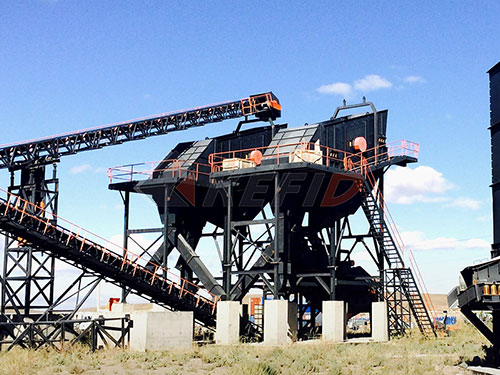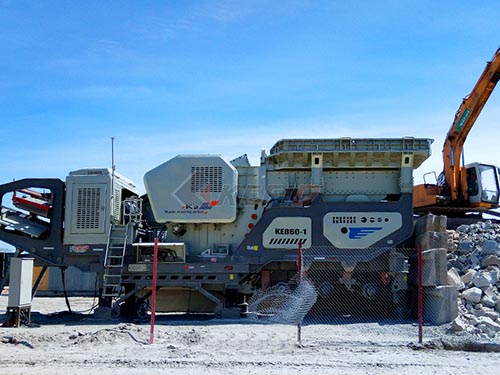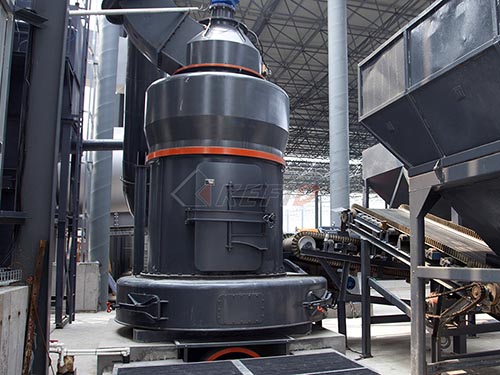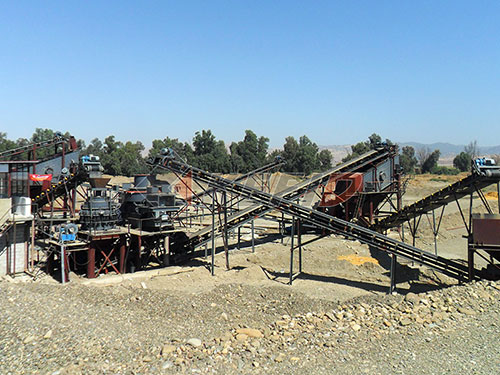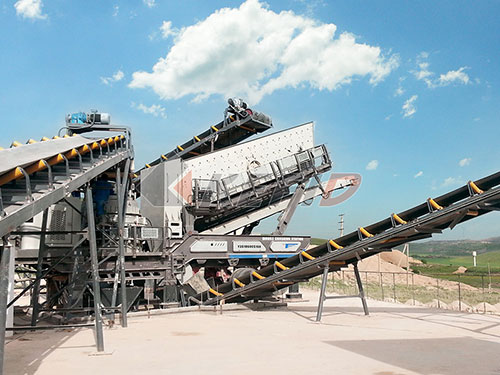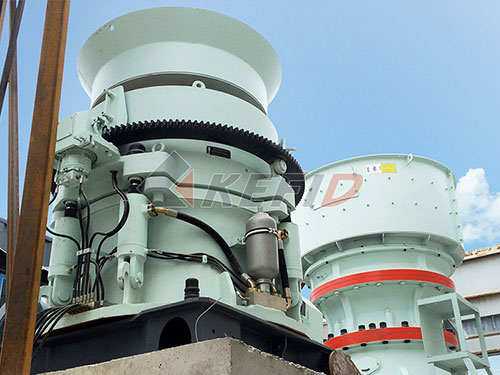The HGT Gyratory Crusher is a high-capacity, heavy-duty primary crushing machine designed for large-scale mining and quarrying applications. It integrates mechanical, hydraulic, electrical, and intelligent control technologies to deliver superior performance, efficiency, and reliability.
Key Features of the HGT Gyratory Crusher:
1. Robust Structure
– Built with a heavy-duty frame and high-strength materials to withstand extreme crushing conditions.
– Optimized crushing chamber design for higher capacity and finer output.
2. Advanced Hydraulic System
– Fully automated hydraulic adjustment for quick setting changes.
– Overload protection to prevent damage from uncrushable materials.
3. Intelligent Control System
– Real-time monitoring via sensors for operational parameters (e.g., power consumption, pressure, temperature).
– Remote control capability for safer and more efficient maintenance.
4. Superior Crushing Performance
– High reduction ratio with consistent product size.
– Suitable for hard and abrasive materials (e.g., granite, basalt, iron ore).
5. Energy Efficiency
– Optimized energy use with smart load-sensing technology.
– Lower operational costs compared to traditional gyratory crushers.
6. Easy Maintenance
– Modular design simplifies component replacement.
– Hydraulic-assisted disassembly reduces downtime.
Applications:
– Large-scale mining (primary crushing of ores).
– Quarrying (aggregate production).
– Heavy-duty industrial mineral processing.
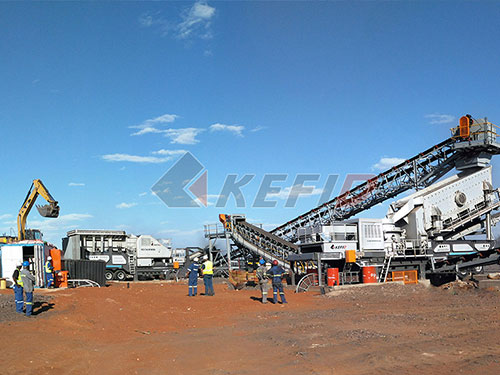
Advantages Over Jaw Crushers & Cone Crushers:
– Higher throughput capacity.
– Continuous
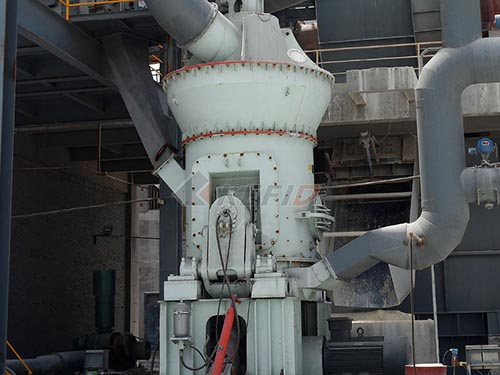
ushing action (vs. intermittent jaw crusher cycle).
– Better suited for high-tonnage operations.
Manufacturer & Availability:
The HGT Gyratory Crusher is typically offered by leading global suppliers like SBM (Shibang Industry & Technology Group) or other specialized heavy machinery manufacturers.
Would you like details on specific models, technical specifications, or comparisons with other crushers?
